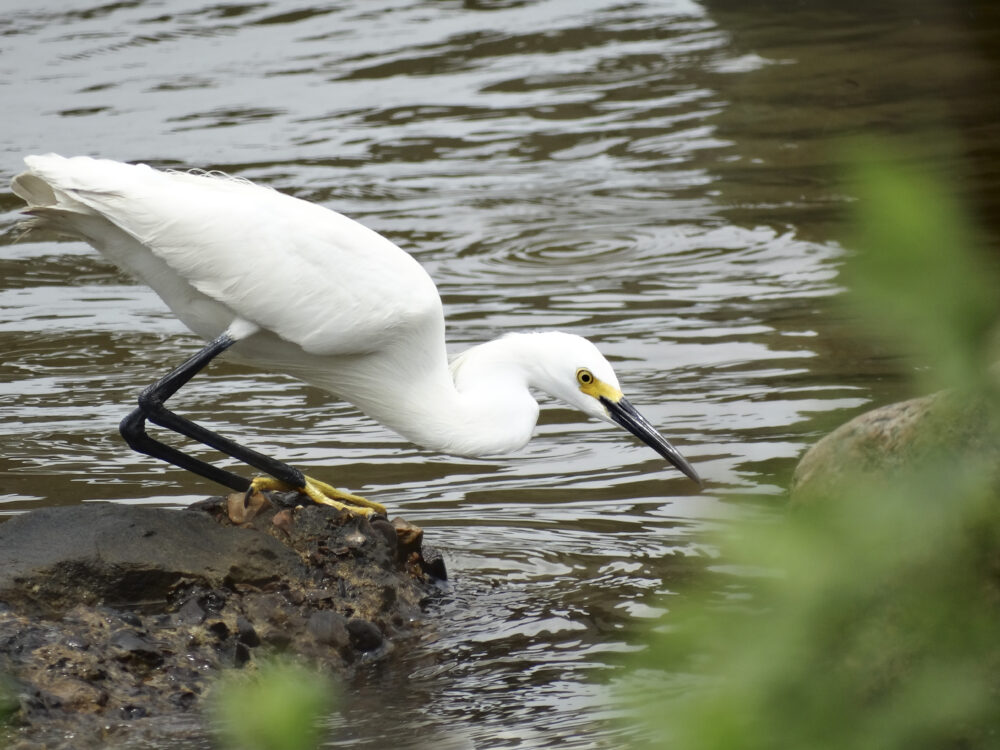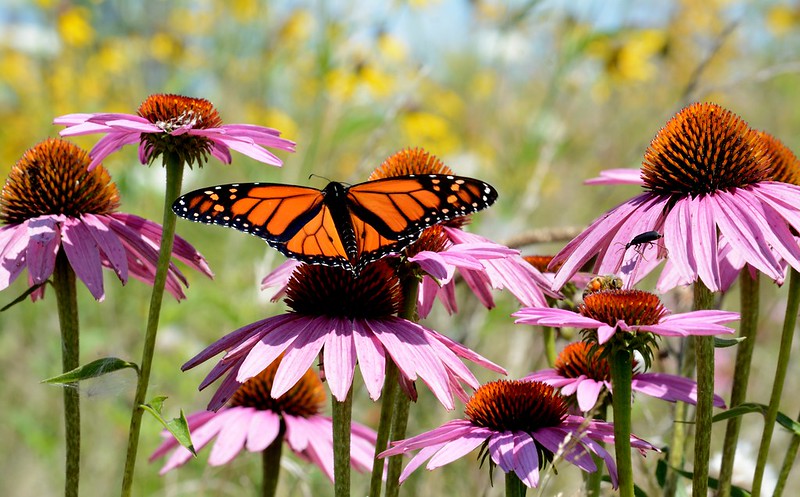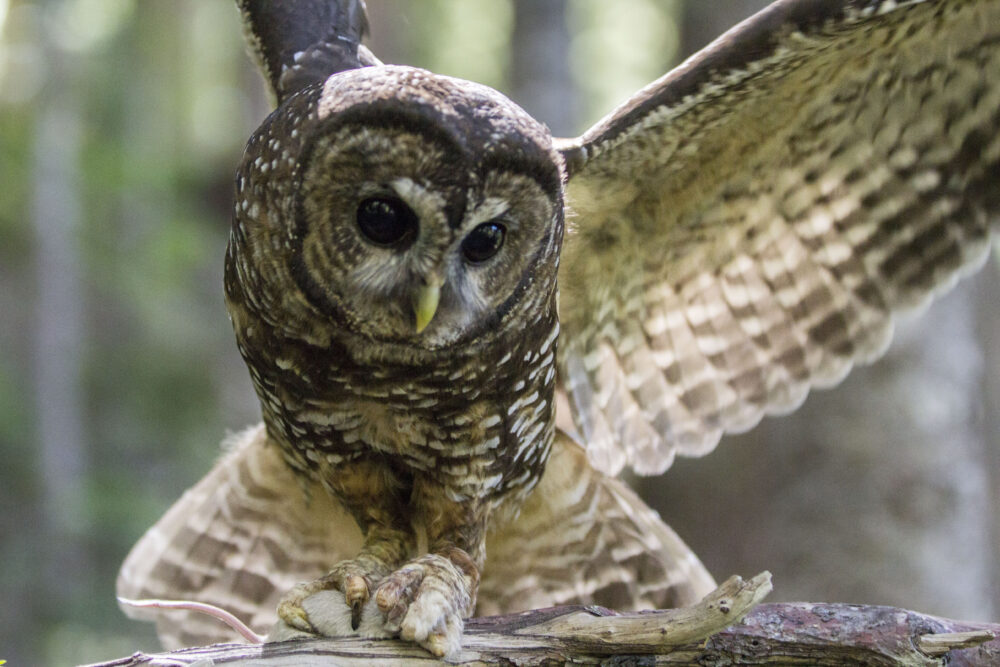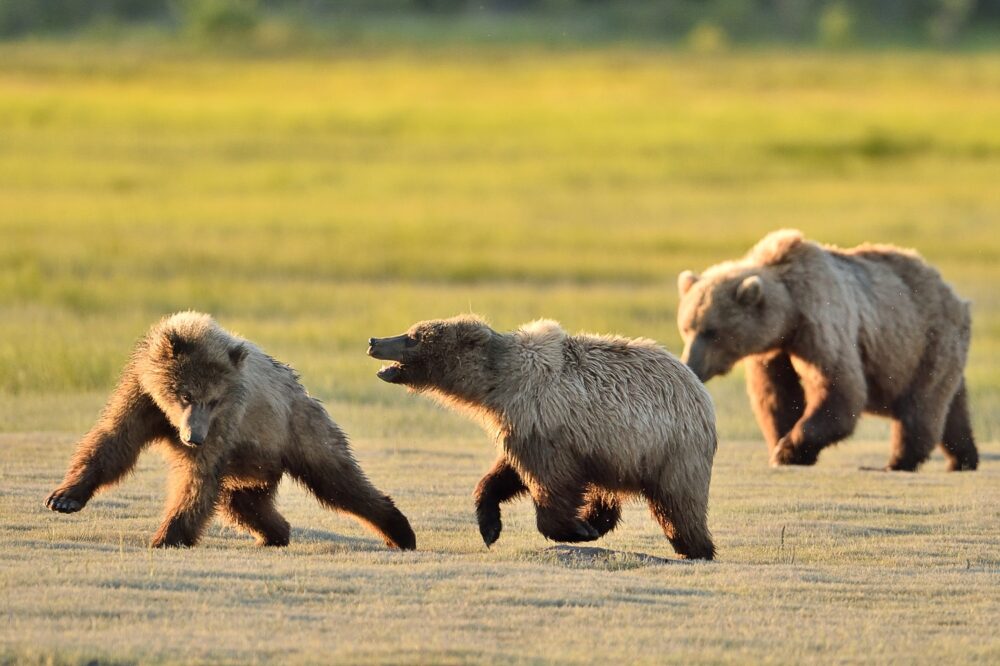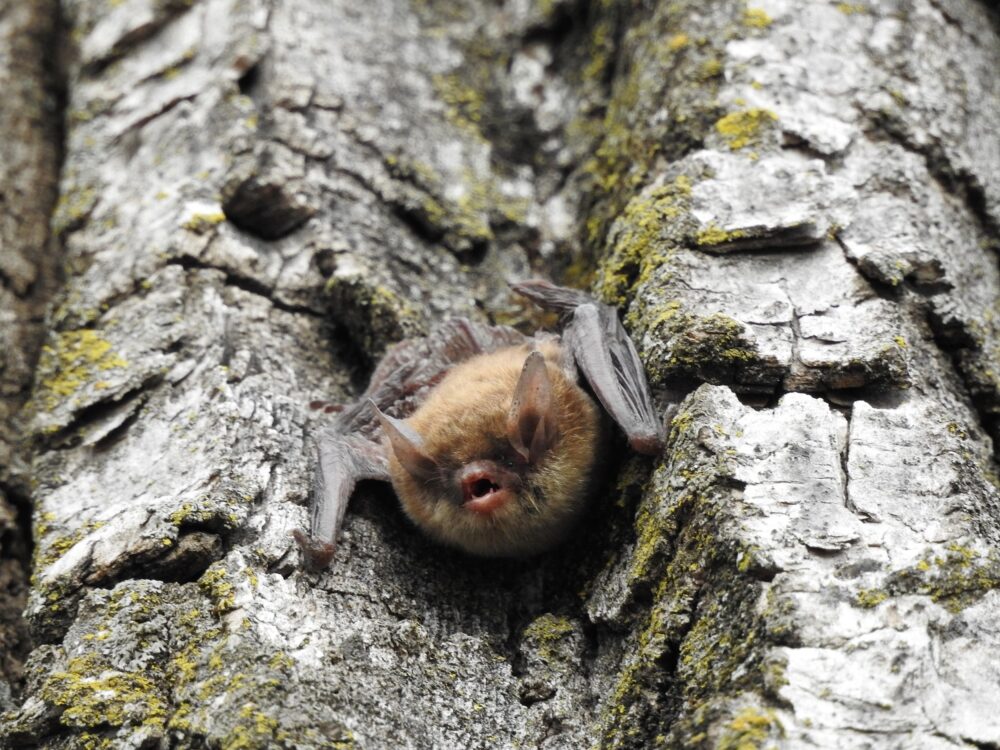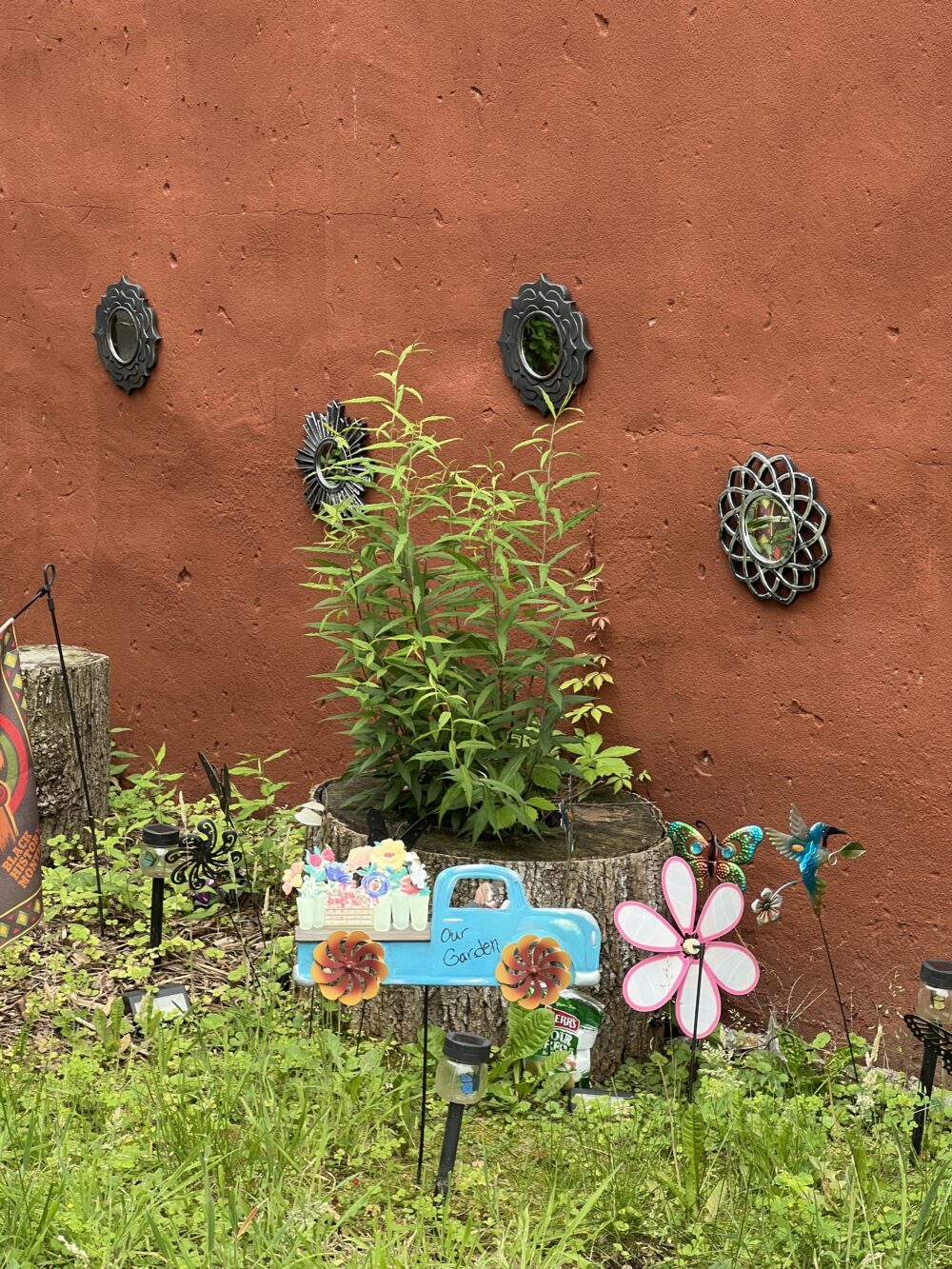We have much more to do and your continued support is needed now more than ever.
Would You Want to Cross a Freeway in LA? Neither Do Mountain Lions…Let’s Help Them Out
When young mountain lions in the hills of Southern California venture out to find their own territory, they come up against the daunting prospect of crossing as many as ten lanes of freeway traffic that cut through their home range.
One plucky mountain lion somehow managed to cross the roads that ring the Santa Monica Mountains near Los Angeles. Incredibly, P22 made it across two freeways and has since been living in LA’s Griffith Park. Mountain lions like P22 should not have risk death by crossing busy freeways. The best chance for the survival of these Los Angeles cougars rests with the creation of a wildlife crossing—an overpass or tunnel—that will give them a way to avoid freeway traffic and safely travel between habitat areas.
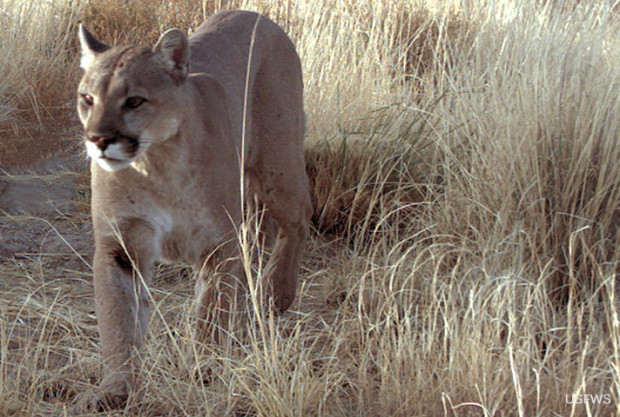
Protected Wilderness Parks and Open Space Aren’t Enough
The protected parklands in the Santa Monica Mountains near Los Angeles are filled with shrubland and mule deer—great habitat for mountain lions, but not nearly room enough for this wide-ranging species to survive. Each male needs a territory of about 200 square miles, which is probably why P22 braved the freeways to find a new home range! The mountain lions living in the Santa Monica Mountains need safe crossings that allow them to connect to habitat in the close by Simi Hills and Angeles National Forest.
Most wildlife living in patches of habitat in and near our urban areas eventually cross roadways to search out companionship, mates, food, shelter, and in some cases, to escape predators. Even the small spotted salamander need safe travels every spring when they leave their underground forest homes and migrate, often across high speed roadways, to wetland ponds to breed.
When wildlife populations are hemmed in by roads, they become smaller and more isolated. Over time, these isolated animals become susceptible to weaknesses from inbreeding and are more likely to be killed by predators or residential threats like poisoning, pesticides and traffic.
How Wildlife Crossings Work
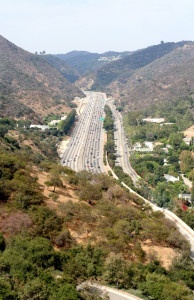
Canada’s Banff National Park has 44 wildlife crossings, and some animals seem to have definite preferences: grizzly bears, wolves, elk, moose and deer mostly choose crossing structures that are high, wide and short in length, while black bears and cougars tend to like long, low and narrow underpasses.
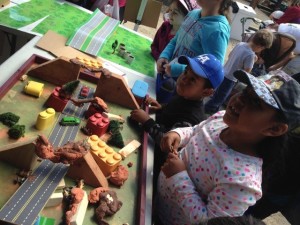
Creating a safe passage for wildlife in one of the last undeveloped areas on the 101 Freeway will give us a chance to ensure the future of cougars in the Santa Monica Mountains and Los Angeles area.
P22 and the dwindling numbers of mountain lions in the Santa Monica Mountains need our help—without a wildlife crossing, they could disappear altogether!
![]() Help out mountain lions by donating to create safe wildlife crossings.
Help out mountain lions by donating to create safe wildlife crossings.


